Mother possessed a sure-fire tip on how to see Miss Taylor. The plan was to pull our car in front of her rented frame house at sunset, the exact moment before dark when we could see inside the house, but she couldn’t see out. Timing was crucial because shades would be pulled and curtains drawn at dark.
Sundown is short on the high plains of Marfa so we were quick. We parked across the street, and Mother got out of the car while we five children and two mothers crouched in the floorboards. I thought she was going to go straight to the door and knock. To my surprise, she started throwing rocks at the house. Not big rocks and not very hard, but enough that Miss Taylor’s little dog started barking and bounded to the open door. The dog stood at the screen door barking until she appeared. The actress gazed regally around the front yard and let her dog out. Crouching behind the car, Mother squatted on the curb, and the rest of us stayed down. But not so far that I couldn’t see the beautiful star silhouetted in the door.
I looked in the oversized picture window and saw a man sitting on a sofa smoking a cigarette. I think he had a cigarette holder and the smoke was curling up. And then he looked up at Miss Taylor. And then we left.
A big success nationally, the movie was met with some crusty West Texas skepticism locally . Edna Ferber’s 1952 novel, Giant, had already had created a buzz among Texas readers. Criticism was directed at her portrayal of the treatment of the state’s Hispanic population by citizens and particularly by large landowners. Miss Ferber spent time in Texas while researching her novel, including the Rocker B Ranch near my hometown. I recall adults shaking their heads in wonder upon the book’s publication because the scenery was a composite of the whole state. It was as though Miss Ferber had stuck an egg-beater
She was like everyone else who sought a brush with fame in an unlikely place.
Vaqueros employed by Texas ranchers often lived in unacceptable conditions, lacking proper housing, education, and health care for their families. Leslie Benedict, played by Elizabeth Taylor in the movie, was a teacher and newly-wed wife of land baron Bick Benedict. In the story, Leslie visits a destitute family and tries to champion better health care and education for them. She did this to the dismay of Bick who believed “those people” were given to strange superstitions and best left alone. “They believe in the evil eye and witchcraft and every damn thing,” he’d said, missing the point of their substandard living conditions on his own property.
With the 50th anniversary of the film awhile back, I started remembering our own pilgrimage. Mother began her career as a teacher, not married to the land owner, but as a 16-year old girl hired to teach children on a remote ranch near Pandale. For two years she taught in a one-room school which served as her living quarters as well. After that, she taught for six years at Centennial School, a segregated school for Hispanic students in Alpine. Later, she taught in Presidio and 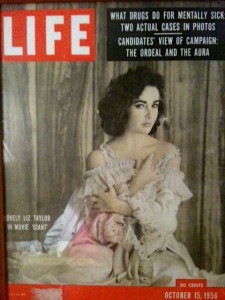 even operated a private kindergarten where she opened our home everyday to any five-year-old who get could there. She finished her career in Big Lake with children of the landed gentry as well as children of the ranch hands and oil field workers. She taught more than a thousand children to read.
even operated a private kindergarten where she opened our home everyday to any five-year-old who get could there. She finished her career in Big Lake with children of the landed gentry as well as children of the ranch hands and oil field workers. She taught more than a thousand children to read.
Asked 50 years later what spurred such an unlikely adventure, Mother said, “It just seemed like the thing to do at the time.” She found validation and encouragement from a 1950s book and movie that spotlighted Texas and its uncomfortable issues, and perhaps she was like everyone else who sought a brush with fame in an unlikely place long ago.
This post first appeared in The Big Bend Quarterly and a portion has appeared in Texas Monthly.
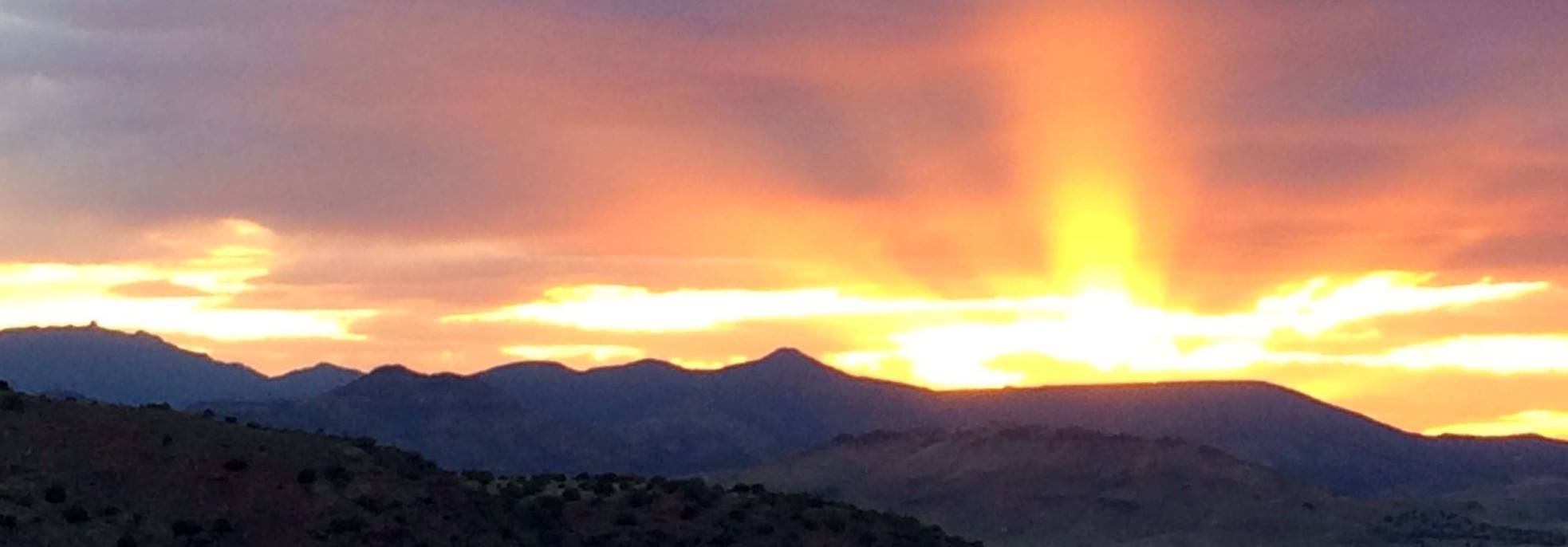
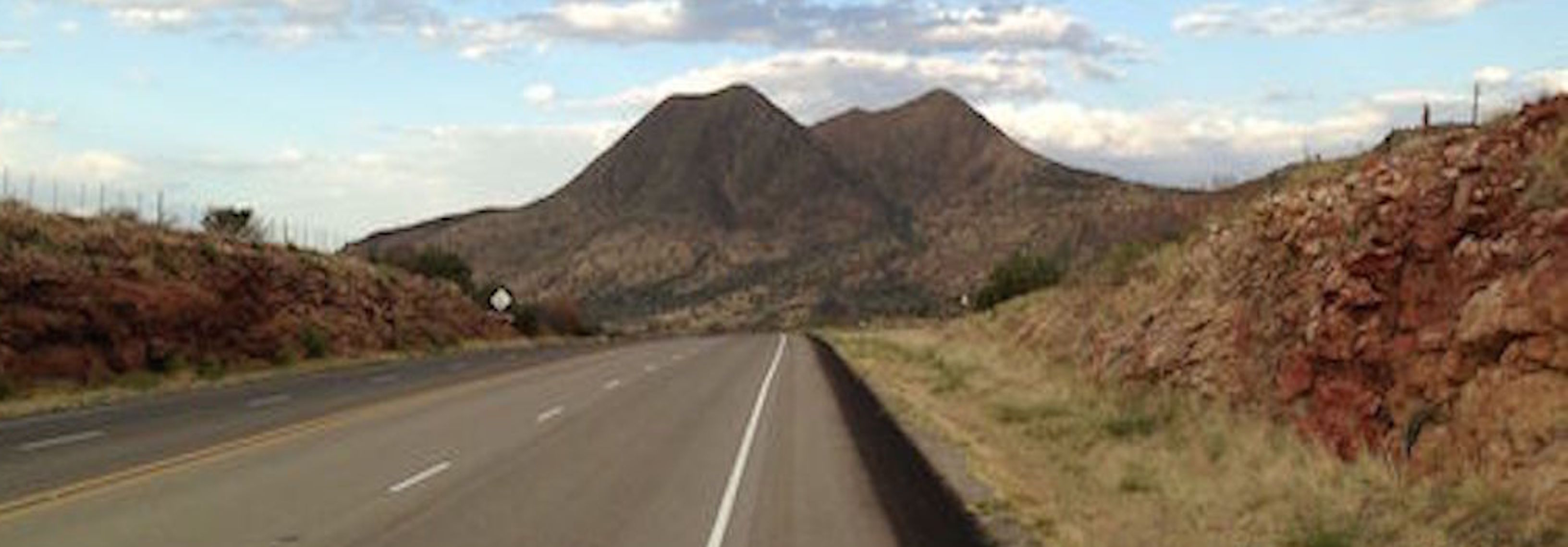
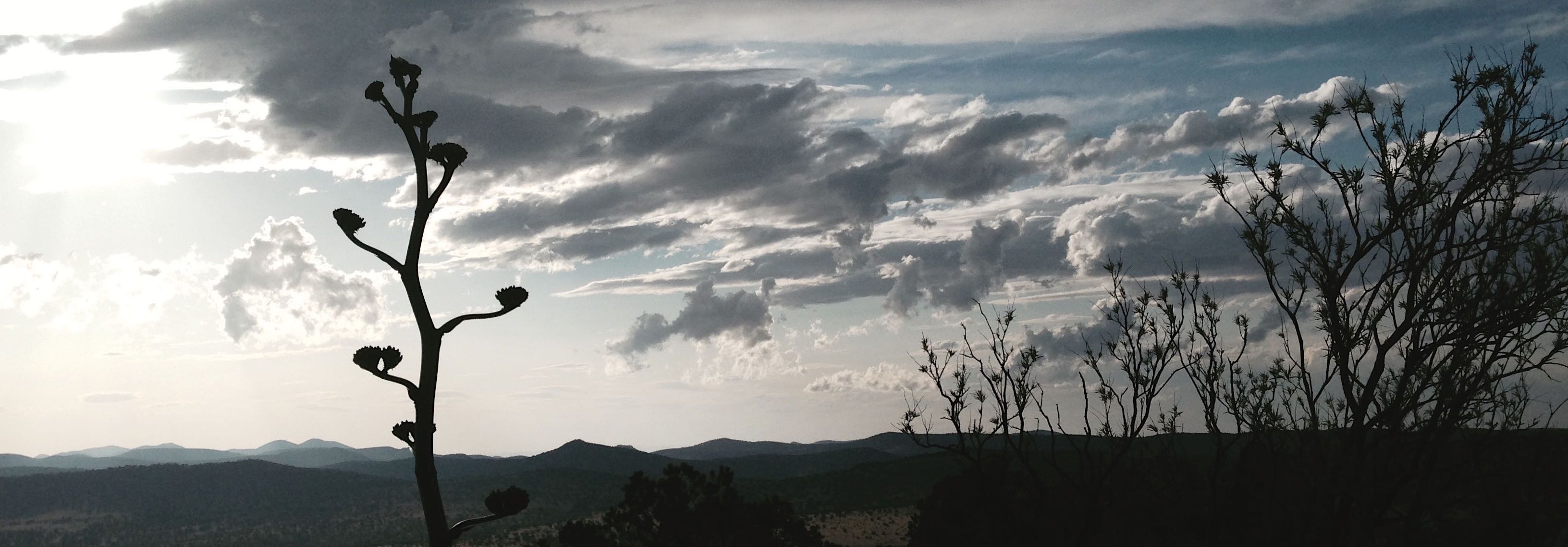

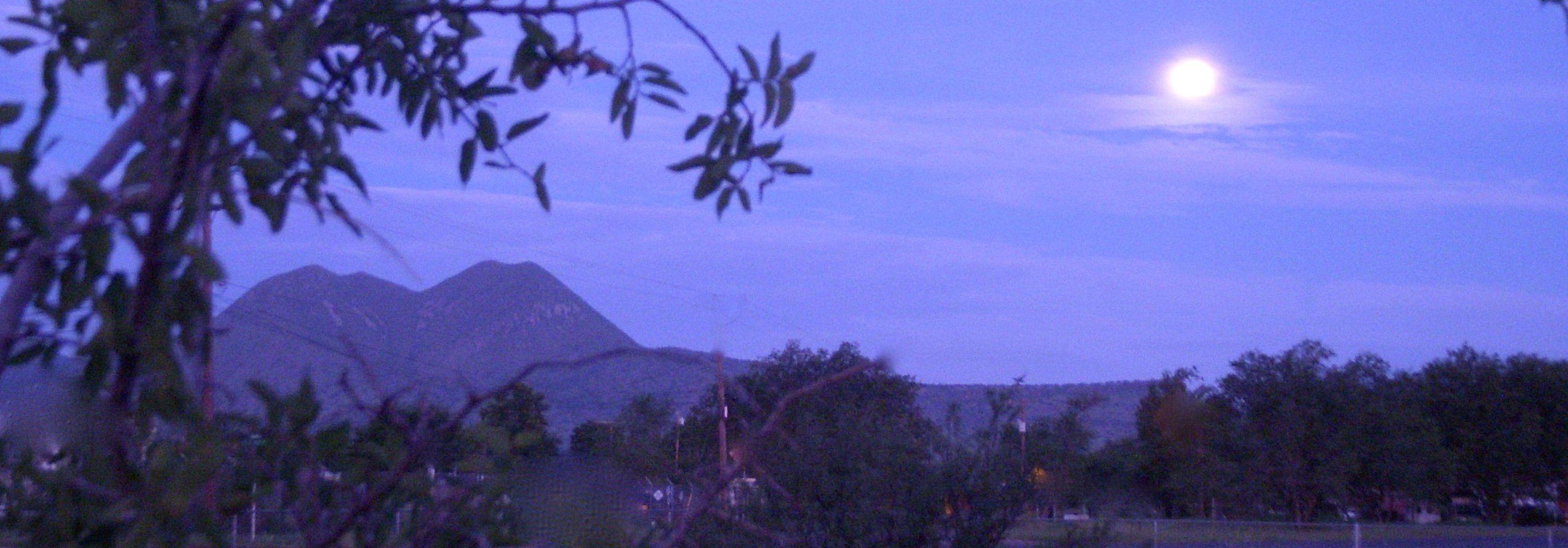
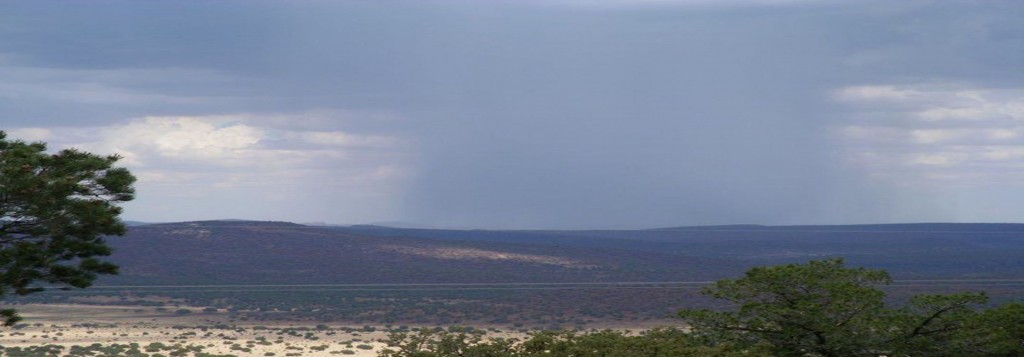
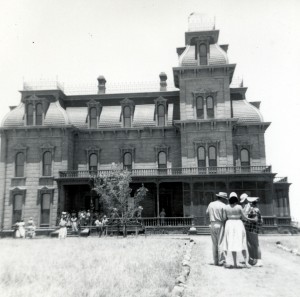
Great story! How wonderful your mother recognized a never-come-again opportunity when she saw one and acted on it. That was gutsy for her time. I’m putting a link to your blog on my website. I love it.
Janet, I’ll do the same for the Soapbox as soon as I figure out how to have a list of blogs. I like yours.
Makes me really appreciate Dalma’s incredible life as a teacher. What a great photo of the set. Wonderful post, Vivian!
Beautiful description of that evening, Vivian. Dalma really had a mind of her own, didn’t she? She left an incredible legacy.
It must be gratifying to know of the many students who benefitted from her presence in their lives.
As one who loves Alpine, Marfa, Fort Davis, and all the Big Bend, I never tire of hearing stories. And these true ones are wonderful.
Great reminsisce, Vivian! Amazing how otherwise “normal” people go ga-ga at the possibility of getting a glance at a celebrity. :-)
Did you know that Big Lake played host to the Hollywood cameras a while back? No, I don’t mean coach Jimmy Morris’s story THE ROOKIE, which was all ABOUT Big Lake (or the Hollywood version), but NOT ONE FRAME of film was shot here. I mean FLESH AND BONE (1993) which also starred Dennis Quaid! The “famous”, pink Mustang Motel was the site where tall cranes got a bird’s eye view and big vans caused traffic on US 67 to be routed around to 1st Street for a couple of days while filming at the motel. For unknown reasons, the Mustang Motel is no longer pink, but has been repainted brown for some reason. You’d think the owners would want to cash in on what little “Hollywood notority” it has. :-)
Vivian, I love this story about “Giant”, which for some reason has always been one of my favorite movies!
Carol, I’m glad to know I have a few friends still there. Hope you are okay and thanks for reading!
Love this, Vivian!
Your writing captures the essence of West Texas. And I love the description of your fiesty mother! How fun to read how determined she was.
You write with clarity, simplicity and passion, but you are never overly effusive. When I read, I feel like I am sailing on the top of your words, never getting completely washed out by too many words or sugary phrases.
Write more about your mother during this time. I bet you have tons of stories!
Best of luck!
PAM STONE
Vivian, the website is excellent! I read a lot of it and I really liked your stuff! Especially your recollection of your family´s visit to Marfa – and Elizabeth Taylor´s house, haha! I would not expect a grown woman to be throwing stones on somebody´s door (and I liked how you said you were surprised about your mom´s behavior), but it was a great, fun story. Really. And your writing style is excellent. Really captivating.
I understand that it was a rented house Liz Taylor was staying in for the time she was filming “Giant” (1956), correct? You see, I am a huge fan of Liz Taylor and James Dean and I plan to visit Marfa very soon. And you just gave me another tip on the places to visit. I originally thought she only stayed at the Paisano hotel. Do you still remember the address of the house? I´d like to visit every place that has to do something with Liz Taylor, and this information would be a great help to me. I just want to do some sighteeing, take some pictures, talk to the locals who still remember the film shooting, etc.
Thank you very much.